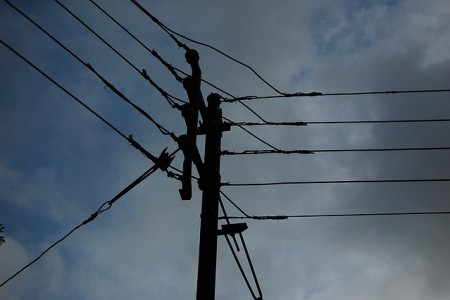South Africa power giant Eskom could be likened to competing with Tour De France, with all the new stages being implemented. Stage four has now been applied by Eskom, in a bid to avoid an excessive overload on the electricity generating plants. South Africa experienced extreme load shedding during the past week; usually, the load shedding would not exceed stage two, however, this week stage three was applied. According to Eskom, the implementation of stage four load shedding is an aim to create more options for the power utility to actually produce and maintain existing plants.
Eskom, South Africa’s sole electricity utility, has failed. Independent observers gave a stern warning to the government in 1998, saying that the power plants were not sufficiently maintained. The signs gave rise to the expanding infrastructure and need for new facilities to ensure the country would be able to keep the lights on. Since the governments of Nelson Mandela, Thabo Mbeki, and currently Jacob Zuma, the warnings were played down, with no direct initiative by the leaders to expand the rising need of supplying power.
During 2007, South Africa started widespread rolling blackouts across the country as the supply fell behind the demand. The reserve margin was flat and load shedding was gradually introduced in an attempt for Eskom to repair, maintain, or re-fuel plants. At this time, Eskom and government officials attributed the load shedding to insufficient generation capacity, and 2012 was mentioned as the earliest time for South Africa to have a stable electricity supply.
Construction on Medupi began in 2007 and the building of the coal powered station attracted criticism. It was alleged that the ruling African National Congress (ANC) government pushed the project forward, as the party held a 25 percent share in the venture and stood to make a profit of more than one million ZAR from the deal. During 2008, the project secured a loan of more than $500 million and another $3.75 billion in 2010 to complete the power station. The Medupi power station has remained under construction since 2007, and over the years, has experienced several problems including cash flow. Eskom have projected the switch on dates to be toward the end of 2015 and full capacity in 2019.
Eskom has experienced severe cash flow problems over the past few years, and the government has bailed out the power giant on several occasions. The vast amount of loans accrued and lack of accountability are not in the public domain. Eskom, a wholly owned state enterprise, is under the control of the ANC government.
Article published on Guardian LV - Read the entire story -

No comments:
Post a Comment